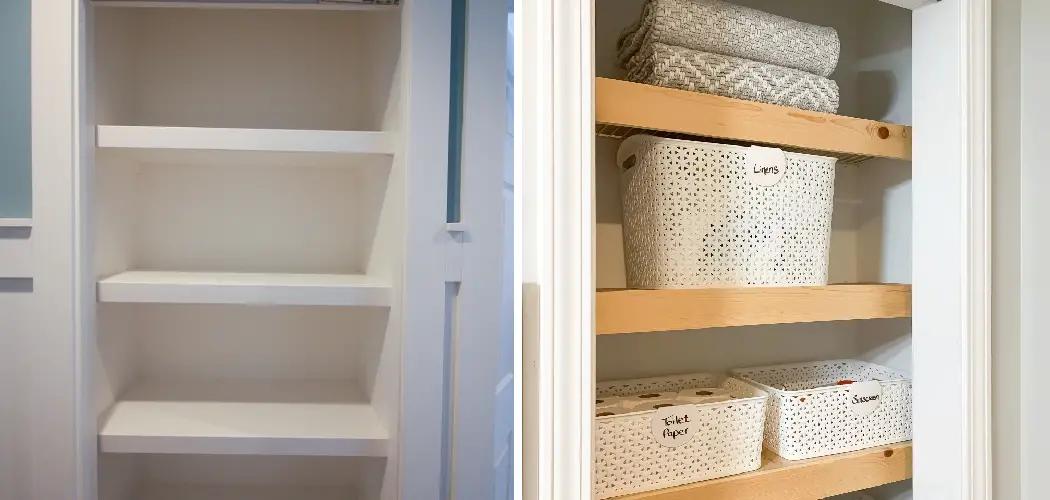Are you looking for a more attractive and durable storage solution in your home or office? You’re not alone! The need to declutter, organize and add visible organization to living spaces has become increasingly necessary as space continues to shrink. Wire shelves are often chosen due to their affordability but before long they start to look a little dull every time dust accumulates on them.
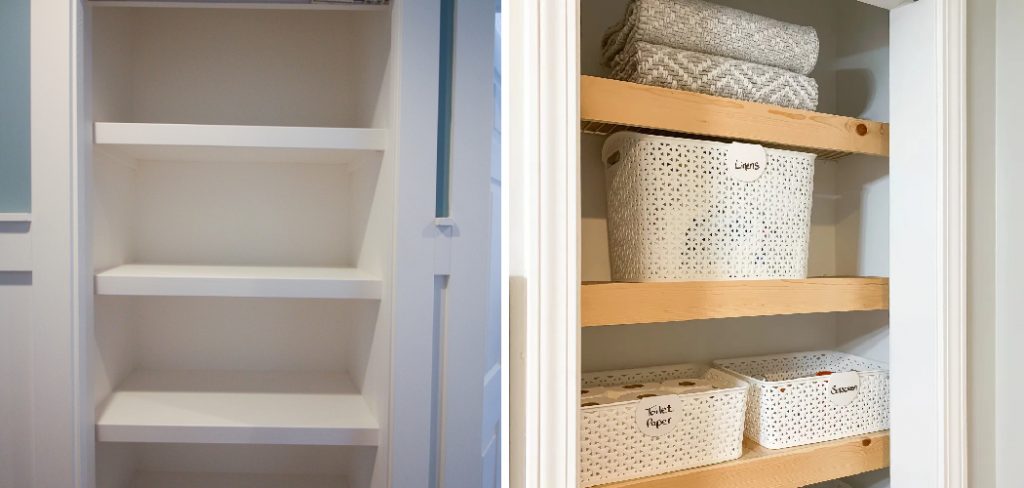
Fortunately, there is an easy way around this— replacing the wire with wood shelving! In this blog post, we will walk you through how easy it is to which wood materials are best suited for the job, what tools you’ll need, and provide step-by-step instructions on how to replace wire shelves with wood so that you can achieve beautiful results when swapping out your old wire shelves with wooden ones. Let’s get started!
Tools and Materials You Will Need to Replace Wire Shelves With Wood
- The wood of your choice
- Drill
- Drill bits
- Screws (longer if you are attaching to a wall)
- Level
- Saw or hand saw (if cutting the wood yourself)
- Stud Finder (if attaching to a wall)
Step by Step Guidelines on How to Replace Wire Shelves With Wood
Step 1: Choosing the Right Wood for Your Shelves
You can use a variety of wood materials to replace wire shelves, such as plywood, particle board, or MDF. When selecting the right material for your shelves, it’s important to consider what type of weight will be placed on them. Plywood is the strongest option and is great for heavier items, while particle board and MDF are better suited for lighter loads since they’re not as sturdy.
Step 2: Measure and Cut Your Wood to Size
Once you have the right material, measure the length and width that you need and then cut the wood to size. If you don’t have a saw, you can always ask your local hardware store to do this for you. While measuring the wood, it’s also important to consider the thickness of your shelves. If you are placing heavier items on them, then opt for thicker boards as they will be able to support more weight.
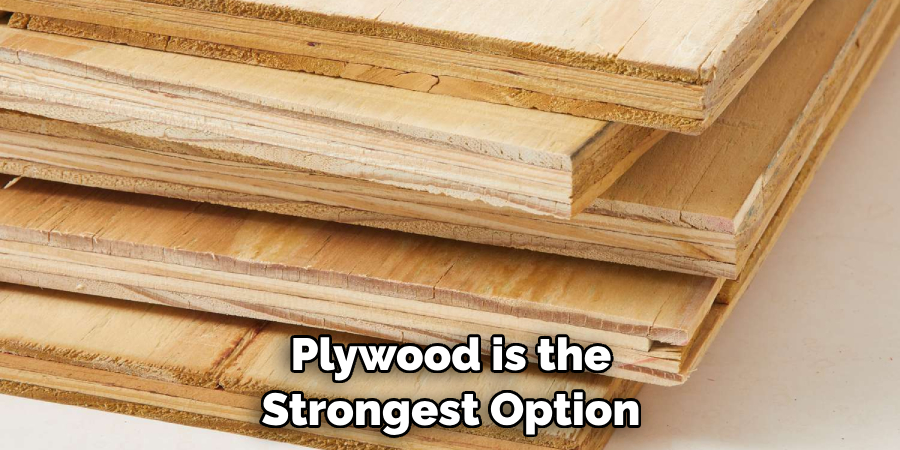
Step 3: Attaching Your Shelves
If you are attaching your shelves directly to the wall, it is important that you use a stud finder first so that you can be sure that you’re drilling into a secure area. Once you have located the studs, use a drill bit to create holes for your screws. If you are not attaching your shelves directly to the wall, then simply drill pilot holes in each corner of your wood and then screw it together.
Step 4: Attaching Your Brackets
Once you have attached your shelves together, it is time to attach the brackets. This can be done by fixing the brackets onto the wall and then attaching them to your shelves with screws. If you are using L-shaped metal brackets, then use a drill bit to create pilot holes for your screws.
Step 5: Leveling Your Shelves
The last step in replacing wire shelves with wood is to make sure that your shelves are level. This can be done by using a level or measuring the distance between each shelf and the wall. Once you have achieved an even balance, you’re all set! You now have beautiful wooden shelves that will bring a fresh and modern look to your space.
Following these simple steps will help you to easily install beautiful wooden shelves in your home or office. Not only are they more aesthetically pleasing, but they can also provide a much sturdier and long-lasting storage solution that will look great for years to come.
Additional Tips and Tricks to Replace Wire Shelves With Wood
When replacing wire shelves with wood, here are a few tips and tricks to keep in mind:
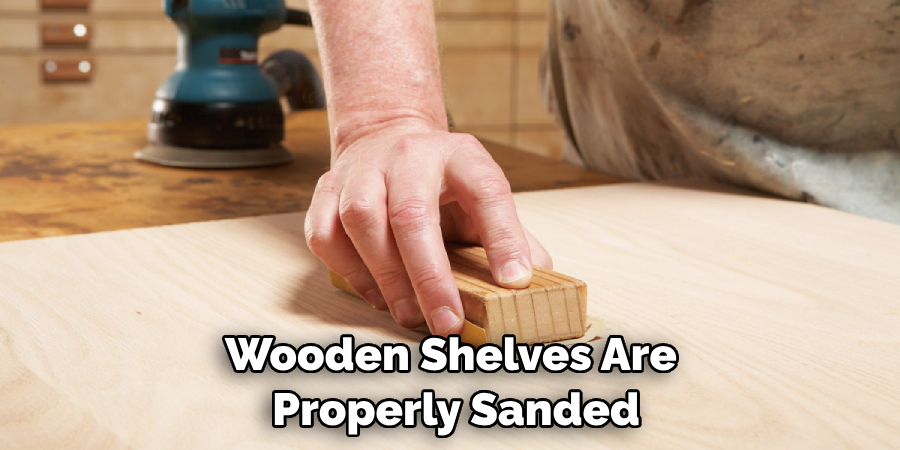
- Measure the area where you want to install the new wooden shelves. Make sure that you include any special measurements such as heights and depths that will be important for fitting the shelves correctly.
- Choose a type of wood that is durable and strong, such as hardwood or softwood. Consider the weight that will be placed on the shelves when selecting a wood type.
- Ensure that the wooden shelves are properly sanded, sealed, and painted to protect them from moisture damage and scratches.
- If you’re installing a steel bar for additional support for your new shelves, make sure it’s securely mounted into the studs in your wall.
- Use appropriate hardware for mounting the shelves to the wall, such as screws or lag bolts. Make sure that all screws and bolts are tight and secure before putting any items on the shelves.
- Arrange your wooden shelves in a way that is pleasing to you and maximizes storage space. Place heavier items on the bottom shelves and lighter items on the top shelves for better balance.
- Finally, enjoy your newly installed wooden shelves! There is nothing quite like having a beautiful set of wood shelves that you created yourself.
These tips should help you with replacing wire shelving with wood, but if you’re still unsure about the process, don’t hesitate to call a professional for assistance. With the right tools and knowledge, you can make this an easy project that will bring beauty and storage to your home. Good luck!
Precautions Need to Follow for Replacing Wire Shelves With Wood

- Safety should always be your top priority when working on projects such as this one. Wear safety glasses, gloves, and other protective clothing to protect yourself from injury.
- Make sure that the shelves you select are compatible with the wall supports for a secure fit.
- Measure the dimensions of the wire shelf before shopping for wood replacements to ensure an accurate fit.
- Use screws to secure the shelves to the wall supports, instead of nails or other fasteners that could become loose over time.
- If you require additional support for heavier loads, consider adding extra braces and brackets on either side of the shelf.
- When drilling holes in wood surfaces, always use a drill bit specifically designed for the material.
- Paint or stain the shelves to give them a finished, attractive look.
- Depending on your level of experience, you may want to ask for professional help or advice if you’re unsure of how to proceed with this project.
Following these precautions can help you safely and securely replace your wire shelves with wood. With some careful preparation and the right tools, you’ll soon have a beautiful new shelving system that will last for years to come.
Frequently Asked Questions
Are There Any Tools Needed to Replace Wire Shelves With Wood?
Yes, you will need a saw to cut the wood into pieces. You may also want to have a drill, screws, and other items handy for assembly. It’s important to make sure that the tools you use are sharp and appropriate for the job to ensure that your shelves look professional and are securely installed.
What Types of Wood Should I Use?
Softwoods like pine and cedar are often used for shelving, as they are inexpensive and easy to work with. You may also want to consider hardwood such as oak or maple if you’re looking for something more durable. Make sure that the wood you choose is suitable for the environment in which it will be installed.
What Steps Should I Take to Assemble a Shelf?
Before you begin, make sure that all of your materials are ready to go. Measure and mark your cuts on the wood before you start cutting or drilling. When assembling, use screws or other fasteners to make sure that your shelf is securely in place and won’t wobble when touched. Finally, finish the project with a stain or sealant to protect the wood from moisture damage.
Can I Paint the Wood Instead of Staining It?
Yes, you can choose to paint your shelves if you prefer. When painting, make sure to use high-quality paint that is designed for the environment in which the shelves will be installed. If you are painting over wood, make sure to apply a primer before adding color to ensure that your paint sticks properly.
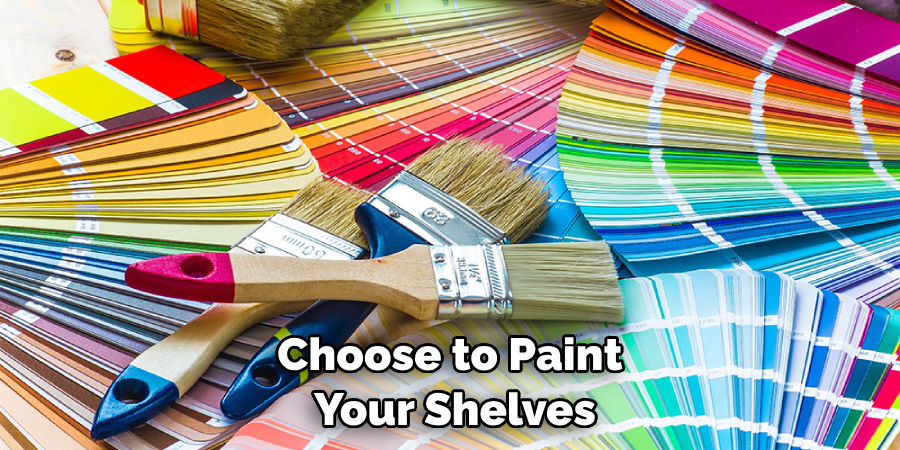
How Often Should Wire Shelves Be Replaced?
It depends on how often you use them and the environment in which they are placed. Generally, it’s a good idea to inspect your shelves regularly and replace them when you start seeing signs of wear or damage. Wire shelving that isn’t rusting or sagging can generally last several years with proper care.
Conclusion
Hopefully, with the above outlined, you can learn how to replace wire shelves with wood. Make sure to choose the right wood, use appropriate tools and fasteners, and follow best practices when assembling your shelves. Taking the time to do it correctly will ensure that you have a product that looks professional and is safe to use.

